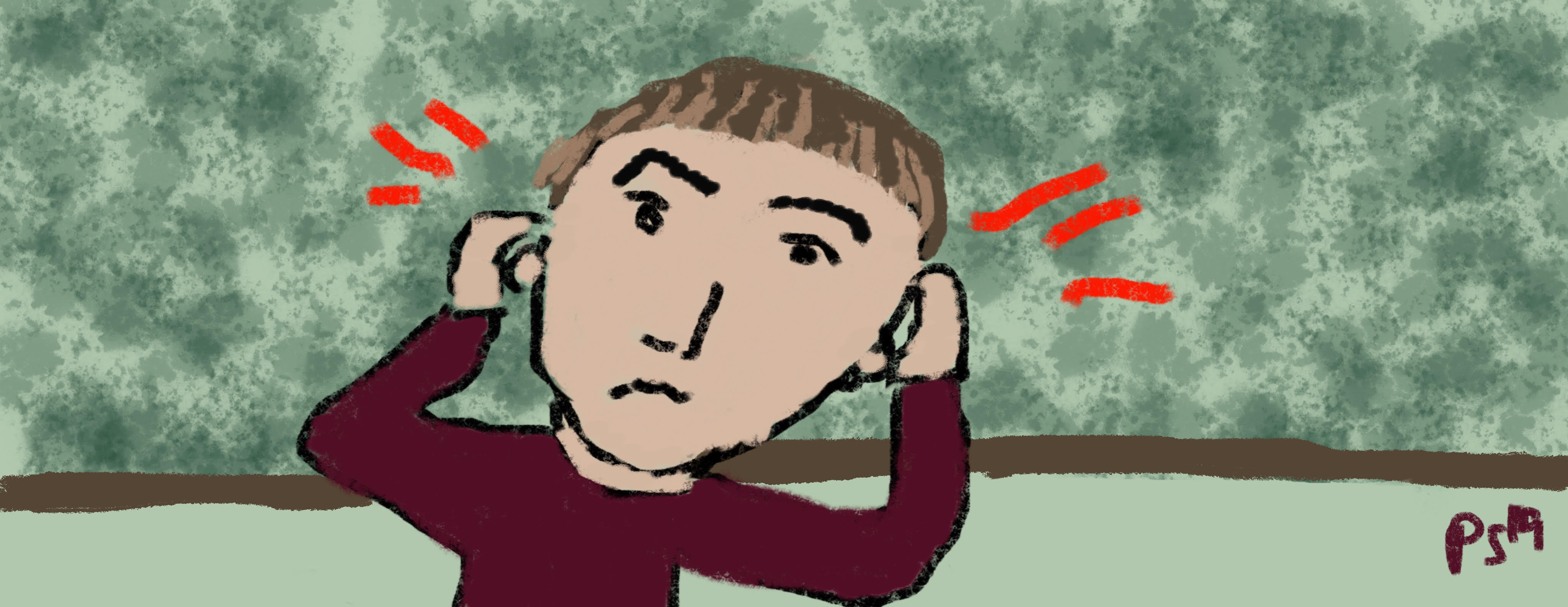
Phone: 212 520 1686
Email: info@yourcpf.org
Staying on Track with Phoebe Sherry – Working with Chronic Pain
Working With Chronic Pain
According to the Centers for Disease Control and Prevention (CDC), about 20 percent of people have chronic pain. Other studies with adults have found that up to 84 percent of people with cerebral palsy experience pain and that as many as half feel pain every day. I put my chronic pain in two categories, the pain I can manage and the pain I can’t. I had to have a spinal fusion when I was younger. The orthopedist and the back surgeon placed rods and screws into my back and straightened the eighty-degree “C” curve in my spine into a thirty-degree curve. Thirteen years later, my back still gets stiff and aches, especially when it rains! I know I can combat the stiffness and pain with physical therapy. As long as I continue to strengthen my weaker muscles, I can alleviate most of the pain and minimize the tendency for my back to spasm. With other issues, regular therapy doesn’t offer the relief I need.
There is one issue in particular – migraines. Migraines for me typically affect one side of my head and are often accompanied by nausea and disturbed vision. Luckily, I didn’t experience this until my twenties when I could understand what was happening. I had one for a week straight before my neurologist found a new combination of medications to help me. It is always about trial and error. Certain contributing factors, like hormones, can make it more complicated. The medications can make me exceptionally tired. I have to make a choice: I can NOT take any medication and suffer through the pain, or I can take it and sleep a lot. Either way, I lose.
Sometimes sleep can be my only relief. It can be restorative, not only for the additional muscle aches and nausea, but also for helping the headache subside. Unfortunately, rest also has its downsides. During migraines, I tend to have very violent nightmares. Sometime it feels like there is no escape.
For all of us who suffer from chronic pain it can make getting to work in one piece extremely hard. While my physical disabilities are obvious, sometimes it is the ones that you can’t see that are the most debilitating. I get some comfort knowing that I am not on this journey alone. So please remember that staying home is NOT a choice that I like to make, I am not choosing to do this to get out of work. I love my job and want to spend my days working with my colleagues, not alone in my room, hoping that the pain in my head will go away.
Read past blogs:
Episode #4 – Me vs. The Elements





